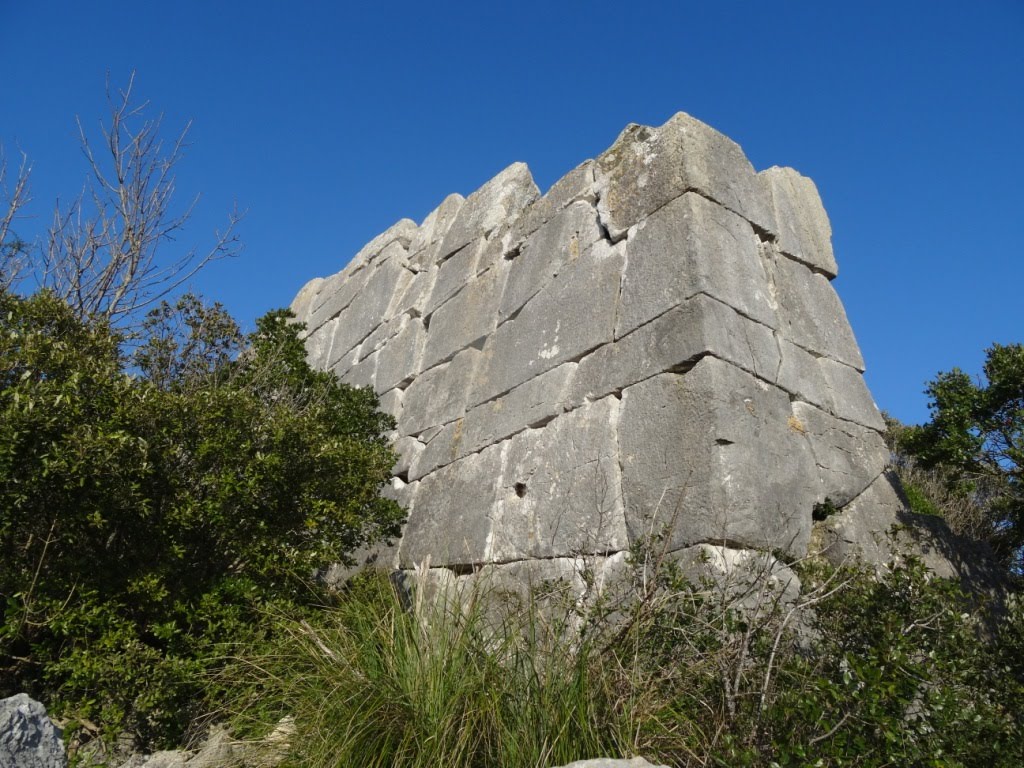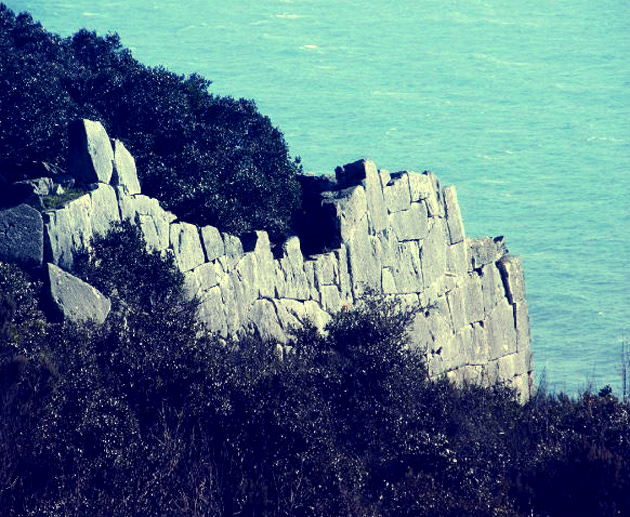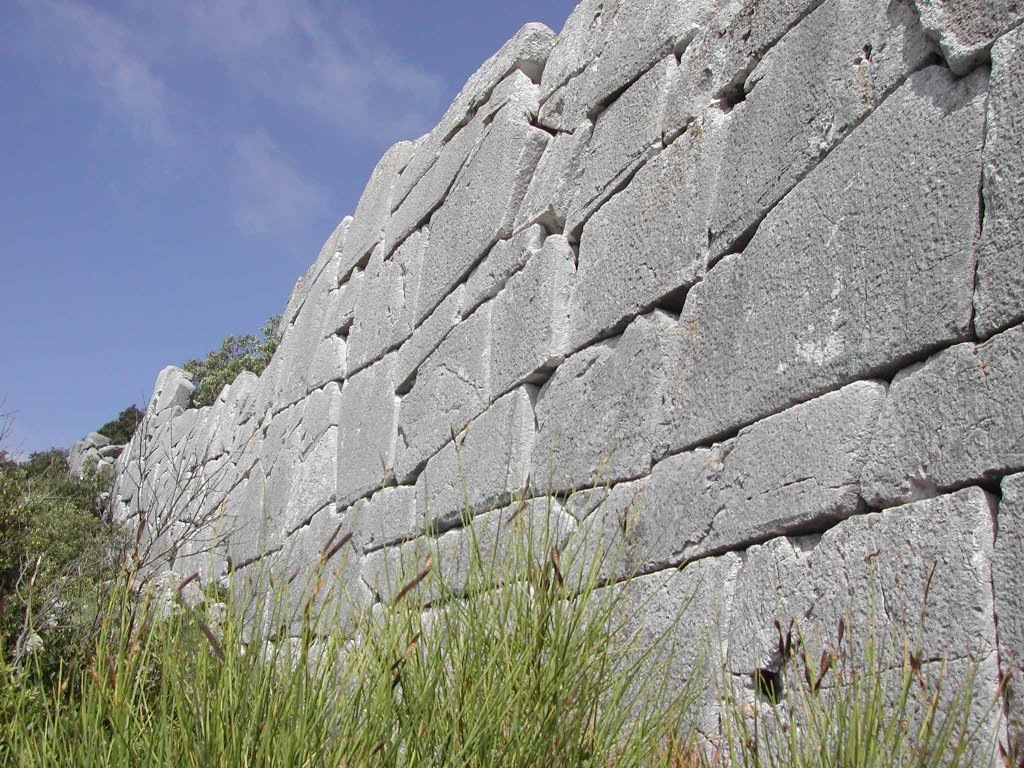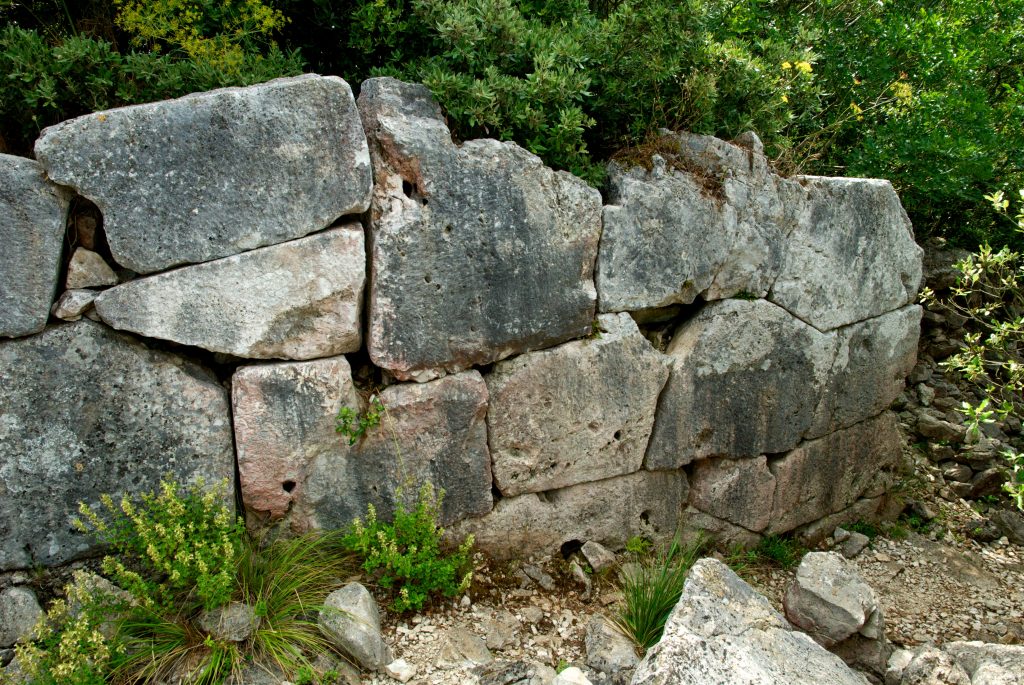San Felice Circeo

San Felice Circeo is an Italian town located in the province of Latina in Lazio, 98 km from Rome and 150 km from Naples.
San Felice Circeo is a place that is shrouded in mysteries and legends since the very first known records about it.
It is thought that the promontory could have been a landing place for the Focei, a Greek population settled in the Sicilian colonies.
The Focei had various stopovers along the Tyrrhenian coast of Italy and probably also had one in Circei.
It was the Focei who located the story of the Odyssey of Ulysses and Circe in Circeo.
The Greeks began to narrate and bring back various legends related to Circeo and Ulysses, Circe, and their children.
The fame of Circeo among the Greeks in this very ancient era suggests that Circeo evidently flourished commercially long before other cities in Lazio.
Among the tales of giants, accounts of a great catastrophe that swept and destroyed the entire old city, and the evidence of a volcano split in half that fell into the sea, on the top of a mountain are the only remains that are visibly tied to these ancient stories: incredibly huge megalithic walls of Cyclopean masonry.


Upon the east end of the promontory ridge are in fact the remains of a polygonal structure that roughly forms a rectangle and that measures about 200 by 100 meters.
The blocks are placed together without mortar, are carefully cut and jointed, and right angles were intentionally avoided.
The wall stands almost entirely free and increases considerably in thickness as it descends.
It might have been an acropolis, and contains no traces of buildings, except for a subterranean cistern, circular, with a beehive roof of converging blocks.
Interestingly, the medieval village itself, with the citadel occupying the mountain top, was built on top of the ancient Cyclopean walls.
The debate about the origin of the megalithic enclosure is still a matter of discussion, with no general consensus regarding it, as archaeologists and experts in Roman architecture don’t agree about attributing the paternity of the structure to the Romans.
Moreover, Latin documents such as testimonies of the historian Tito Livio, clearly suggest that the structure was already there when it was occupied by the Romans.


